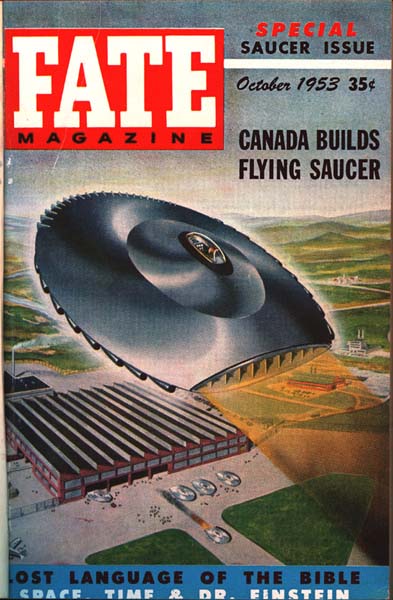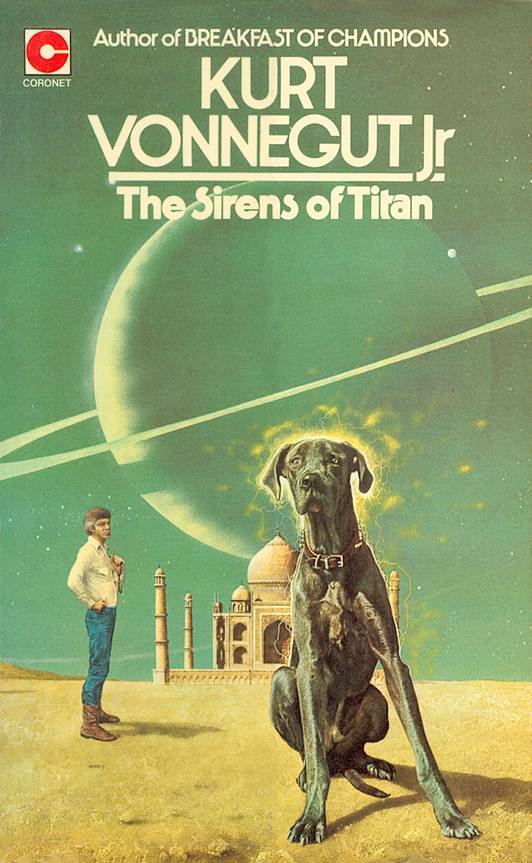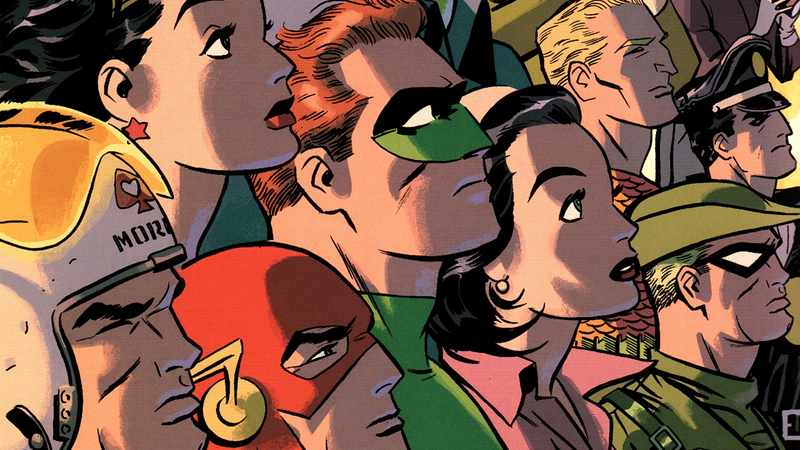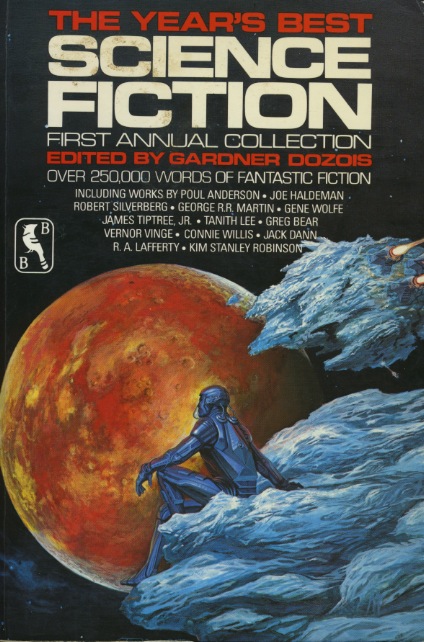 I have to admit, I hesitated a bit when my wife first showed me a picture of Tiki on her computer screen. We had just gotten married, and were in the final stages of getting a house. A dog was something that we had talked about for quite a while, and we had gone through the ups and downs of searching through countless pictures of pets from the local shelters. I had my heart set on finding a black lab, a type of dog that I've always seen as loyal and family-friendly.
I have to admit, I hesitated a bit when my wife first showed me a picture of Tiki on her computer screen. We had just gotten married, and were in the final stages of getting a house. A dog was something that we had talked about for quite a while, and we had gone through the ups and downs of searching through countless pictures of pets from the local shelters. I had my heart set on finding a black lab, a type of dog that I've always seen as loyal and family-friendly.
The description said 'Lab Mix', one of the more generic labels that a shelter can put on a dog. I hesitated because Megan pointed out that he was probably part pit bull.
I had only met a pit bull once, and it was a good experience. A friend of Megan's owns a sweet dog named Peaches, who had broken every stereotype of the dog. Regardless, we went up to meet Tiki, and fell in love instantly. He's currently sulking down in our living room because he was subjected to a bath. He is, as my dad described him, a 'dog's dog', the base unit of dog. Snout, tail, ears, friendly attitude, etc.
I came across Bronwen Dickey's book after reading an article about the negative response to her debut book, Pit Bull: The Battle over an American Icon. After the book's release earlier this spring, she's had to get extra security and endure a relentless bout of harassment from anti-Pit activists who have condemned her as a sort of propagandist for the animals.
The book is a fascinating history of the type of dog - not a breed - but more importantly, it's an in-depth look at how ideas get embedded in society, and how these ideas are slowly changed. I didn't expect it, but it's probably one of the best self-examinations of media sensationalism and good journalistic practice. It's also a great book about dogs and how their role as human companions has changed with time.
The Pit Bull, Dickey argues, is a type of dog that has been maligned recently - in the early 20th Century and earlier, it was viewed as the best sort of dog - good with families, good companions, and so on. Dickey looks as the dog's legacy as a fighter, which was eventually rolled into coverage whenever a dog bit or killed someone. The shorthand article of a dog whose history includes fighting kills someone only reinforces the idea that the bite or death was inevitable.
Pit Bulls have bitten people, and a they have killed people. It's impossible to get away from that point. However, she notes, all other types of dogs are responsible for the same actions: there are golden retrievers and labs that have bitten and killed as well. Part of the general impression of these dogs stems from the type of coverage that they receive, which is disproportionately angled against these particular animals. They also aren't the first - they're just the latest in a long string of movements where they're at the wrong end of public opinion.
Furthermore, there's a deeply embedded level of racism that's associated with these dogs.
Furthermore, there's a deeply embedded level of racism that's associated with these dogs. During the 1970s and 1980s, the dogs became synonymous with rising crime levels and as guard dogs for - predominantly inner-city (read: black) - residents. This further solidified the general impression that these animals had no purpose other than violence. Dickey points to the rise of breed-specific legislation as a means of not only quelling white, suburban homeowner fears about 'killer dogs', but also as a good way to discourage minorities - who prominently owned the dogs - from moving in.
The combined series of events and circumstances have really tainted the reputation of the dog, which is unfortunate, given that there's absolutely no indication that there's a 'killer gene' that makes these particular dogs inherently dangerous. Numerous studies and data show that there's no breed more dangerous than any others.
What makes dogs dangerous? It's likely living conditions and abnormal stresses from owners who want dogs but are ill equipped to deal with them, and that doesn't extend to just pits. Dickey closes out the book with efforts that groups are putting together to help dog owners, whether it's providing fencing, training, neutering, food or basic healthcare for those who might not ordinarily be able to afford it. Similarly, breed-specific legislations are beginning to fall across the United States, an incredibly positive step.
Stress also has its impact. Tiki is an incredibly friendly, happy member of the family, but he has his buttons that we sometimes inadvertently push. I got a bite on the hand once when I tried to get him out of the car - he had hopped in expecting a ride, but got nervous as I tried to grab him by the collar to pull him out. I hadn't recognized how anxious he was, and how afraid he when I raised my voice. I now know how to recognize the signs when he's upset, and haven't had an issue since. When he hopped into the car the other day expecting a ride (seriously, saying the words 'Car Ride' gets him excited), I just hooked a leash to his collar and was able to get him out of the car without a fuss.

I've met more Pit Bulls or Pit-type dogs since we've adopted Tiki: some are sweet and adorable animals who are bursting with energy and ready to play and receive attention. Others encounters haven't gone well: while walking Tiki one day, we came across a female Pit that grew really angry as we walked past: she slipped out of the tennis court that she was in with her owners, closed the distance between us and attacked Tiki, biting him in the neck. (His wounds were superficial), but the inattention of the owners (hers and myself - we should have turned around and walked the other way) led to the encounter. It appears to have been an isolated incident. Tiki was already a slightly stressed and anxious dog, and the encounter has certainly made an impact, one that we've worked on with training and reinforcement.
If you like Pit Bulls or really dislike them, Dickey's book is one that's really well worth picking up and giving an honest read. This is a book that's evenly balanced, and cuts through hearsay and the accumulated bullshit that had become truth to so many people. (Another author to check out in the same vein is Maureen Ogle, with her book In Meat We Trust, a spectacular history of meat and the United States). Dickey's book has had the unexpected impact of making me a better journalist and pet owner, all while providing a really interesting history of dogs and how we interact with them. I hope that it will help improve things for the dogs.


 I have to admit, I hesitated a bit when my wife first showed me a picture of Tiki on her computer screen. We had just gotten married, and were in the final stages of getting a house. A dog was something that we had talked about for quite a while, and we had gone through the ups and downs of searching through countless pictures of pets from the local shelters. I had my heart set on finding a black lab, a type of dog that I've always seen as loyal and family-friendly.
I have to admit, I hesitated a bit when my wife first showed me a picture of Tiki on her computer screen. We had just gotten married, and were in the final stages of getting a house. A dog was something that we had talked about for quite a while, and we had gone through the ups and downs of searching through countless pictures of pets from the local shelters. I had my heart set on finding a black lab, a type of dog that I've always seen as loyal and family-friendly.
 Kurt Vonnegut is one of those authors that I've continually missed over the years. For some reason, I never quite got around to reading Slaughterhouse-Five while in high school (or college), and I've missed his major novels as well. That said, one of the first science fiction stories that I ever read was 'Harrison Bergeron', which I also saw as a play when I was probably in Middle School - the Handicapper General. That story has stuck with me for years, and it's a brilliant piece of short fiction.
Kurt Vonnegut is one of those authors that I've continually missed over the years. For some reason, I never quite got around to reading Slaughterhouse-Five while in high school (or college), and I've missed his major novels as well. That said, one of the first science fiction stories that I ever read was 'Harrison Bergeron', which I also saw as a play when I was probably in Middle School - the Handicapper General. That story has stuck with me for years, and it's a brilliant piece of short fiction.
 While researching the Kirkus column, there's a bunch of authors who frequently appear: one such author is Poul Anderson, a hard SF author whose career really began to take off in the 1950s.
While researching the Kirkus column, there's a bunch of authors who frequently appear: one such author is Poul Anderson, a hard SF author whose career really began to take off in the 1950s. Earlier today, I got a new computer in the mail: an Acer Chromebook. For most of my freelancing / working life, I've used a work computer in my off hours to write up just about everything. When it became clear last year that I'd be leaving Norwich, I ended up buying a used iMac at a good price, which has been an absolute joy to use. It's reliable, user friendly, and didn't require too much effort to get used to.
Earlier today, I got a new computer in the mail: an Acer Chromebook. For most of my freelancing / working life, I've used a work computer in my off hours to write up just about everything. When it became clear last year that I'd be leaving Norwich, I ended up buying a used iMac at a good price, which has been an absolute joy to use. It's reliable, user friendly, and didn't require too much effort to get used to. I've always been more of a Marvel and Dark Horse Comics fan: I picked up a ton of Hellboy, Fantastic Four, Daredevil, Spider-Man and Iron Man comics over the years, but only the occasional DC comic: Batman: The Dark Knight Returns and Watchmen currently sit on my shelves. Superman, Green Arrow and most of the others really haven't interested me over the years, until I came across Darwyn Cooke's artwork.
I've always been more of a Marvel and Dark Horse Comics fan: I picked up a ton of Hellboy, Fantastic Four, Daredevil, Spider-Man and Iron Man comics over the years, but only the occasional DC comic: Batman: The Dark Knight Returns and Watchmen currently sit on my shelves. Superman, Green Arrow and most of the others really haven't interested me over the years, until I came across Darwyn Cooke's artwork. One of the authors I've been wanting to read more of is Connie Willis. I really loved her book Blackout, and I've recently picked up two others, Doomsday Book and The Best of Connie Willis.
One of the authors I've been wanting to read more of is Connie Willis. I really loved her book Blackout, and I've recently picked up two others, Doomsday Book and The Best of Connie Willis. Every time we have a Presidential election, I find myself drawn back to a favorite show: The West Wing. I've found that it's a nice reprieve from the ongoing presidential primaries, debates and mud-slinging, but I also find that I've been approaching the show in different ways each time.
Every time we have a Presidential election, I find myself drawn back to a favorite show: The West Wing. I've found that it's a nice reprieve from the ongoing presidential primaries, debates and mud-slinging, but I also find that I've been approaching the show in different ways each time. One of the authors I've been really fascinated by is L. Ron Hubbard, who's probably best known for Scientology, his quasi-religion that seems perpetually mired in controversy. I've avoided writing about him up until this point, because I didn't want to put together a post that got involved in that argument, because there's already quite a bit written about it. What did catch my interests was how Hubbard's press seemed to artificially inflate their marketing numbers, and game the Hugo Awards back in the 1980s.
One of the authors I've been really fascinated by is L. Ron Hubbard, who's probably best known for Scientology, his quasi-religion that seems perpetually mired in controversy. I've avoided writing about him up until this point, because I didn't want to put together a post that got involved in that argument, because there's already quite a bit written about it. What did catch my interests was how Hubbard's press seemed to artificially inflate their marketing numbers, and game the Hugo Awards back in the 1980s. One of the first science fiction books that I ever bought was one edited by Gardner Dozois, one of his Year's Best Science Fiction collections (#18). I really loved anthologies early on (and still do), picking through and reading the summations of the prior year, and the fiction that made up the best of that year. Some of those stories still stick with me - one from Stephen Baxter (On the Orion Line), and a couple of others.
One of the first science fiction books that I ever bought was one edited by Gardner Dozois, one of his Year's Best Science Fiction collections (#18). I really loved anthologies early on (and still do), picking through and reading the summations of the prior year, and the fiction that made up the best of that year. Some of those stories still stick with me - one from Stephen Baxter (On the Orion Line), and a couple of others. I have a new nonfiction article up on Clarkesworld Magazine,
I have a new nonfiction article up on Clarkesworld Magazine,  So, this is a project that I've been involved with: Mech: Age of Steel! It's a science fiction anthology all about, well, giant mecha. I've got a short story that I'm writing included in the table of contents. The book's Kickstarter just launched, and
So, this is a project that I've been involved with: Mech: Age of Steel! It's a science fiction anthology all about, well, giant mecha. I've got a short story that I'm writing included in the table of contents. The book's Kickstarter just launched, and 
 Like many people, I got hooked on Serial about halfway through the first season when I had heard a bunch of ads for it on NPR, and diligently listened to the rest of the season as Sarah Koenig, worked her way through the story.
Like many people, I got hooked on Serial about halfway through the first season when I had heard a bunch of ads for it on NPR, and diligently listened to the rest of the season as Sarah Koenig, worked her way through the story. When I was a bit more active in the Star Wars fan circles, something you couldn't escape from was fan fiction. Forums such as TheForce.net and Fanfiction.net each had vibrant communities in the early '00s, and there was a whole range of really interesting stories to really crappy ones. I wrote a couple of the crappy ones - spinoffs from the Rogue Squadron series - and I had a bunch of friends who did as well.
When I was a bit more active in the Star Wars fan circles, something you couldn't escape from was fan fiction. Forums such as TheForce.net and Fanfiction.net each had vibrant communities in the early '00s, and there was a whole range of really interesting stories to really crappy ones. I wrote a couple of the crappy ones - spinoffs from the Rogue Squadron series - and I had a bunch of friends who did as well. I have to say, I have a visceral reaction to a Baen cover when I see it on the bookshelf. I'm not a fan of the bold colors, typeface and generally, of the illustrations. I've picked up the books, and I'm typically not their target audience.
I have to say, I have a visceral reaction to a Baen cover when I see it on the bookshelf. I'm not a fan of the bold colors, typeface and generally, of the illustrations. I've picked up the books, and I'm typically not their target audience. This is the good news of the day: the 501st Legion has approved its newest squad: the Green Mountain Squad, which will cover all of Vermont!
This is the good news of the day: the 501st Legion has approved its newest squad: the Green Mountain Squad, which will cover all of Vermont!